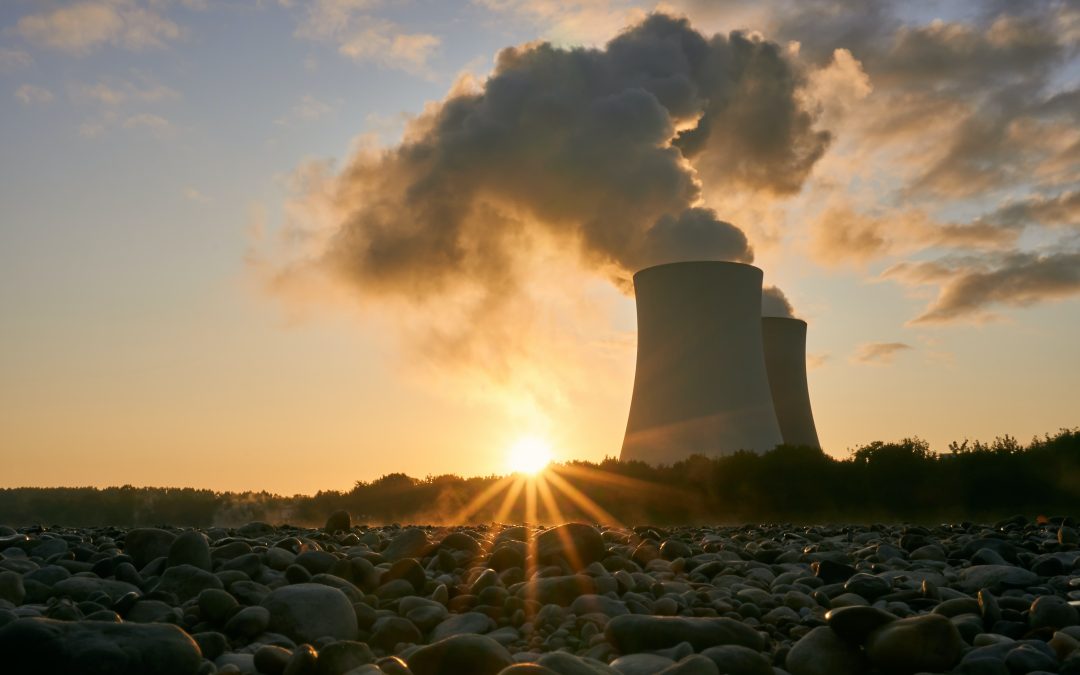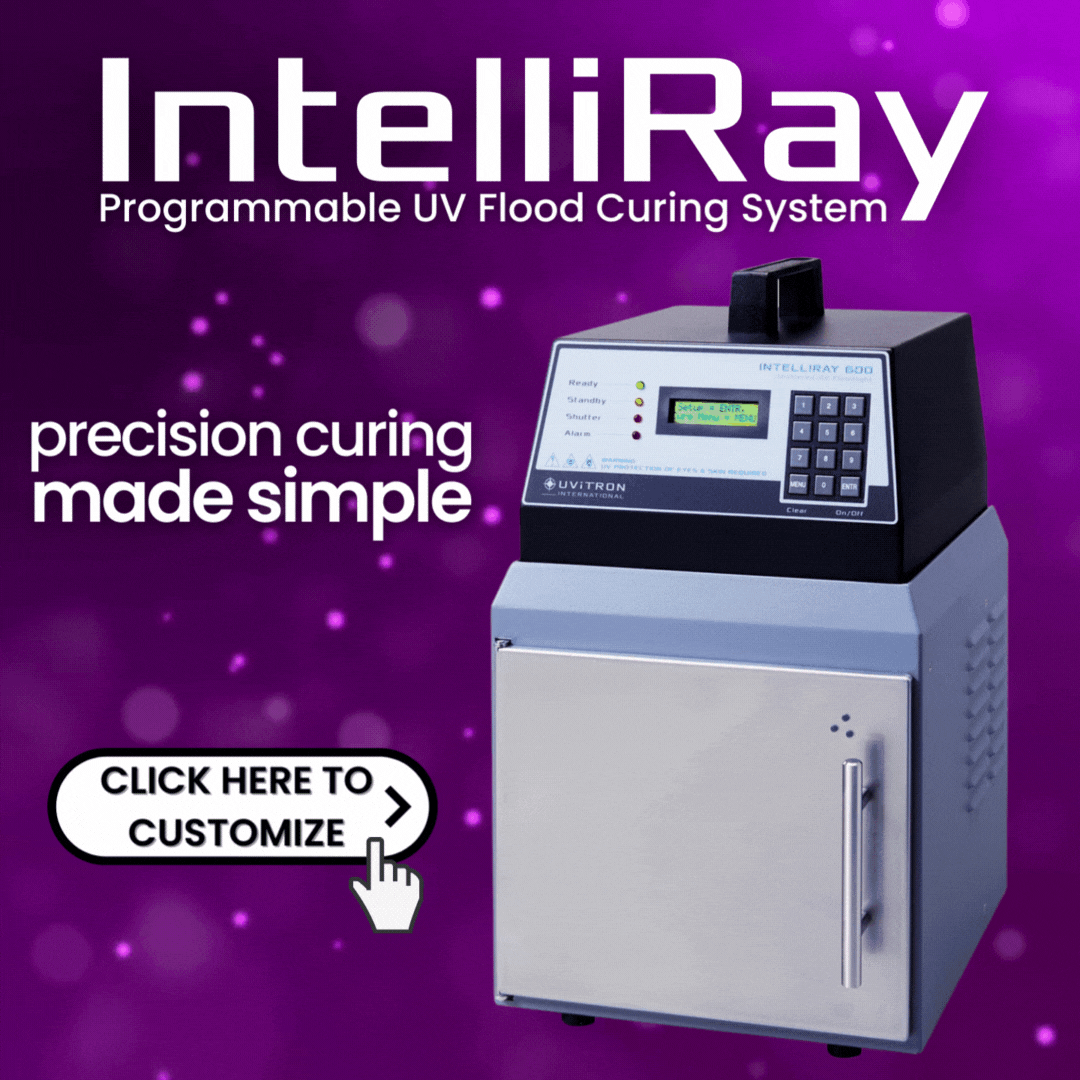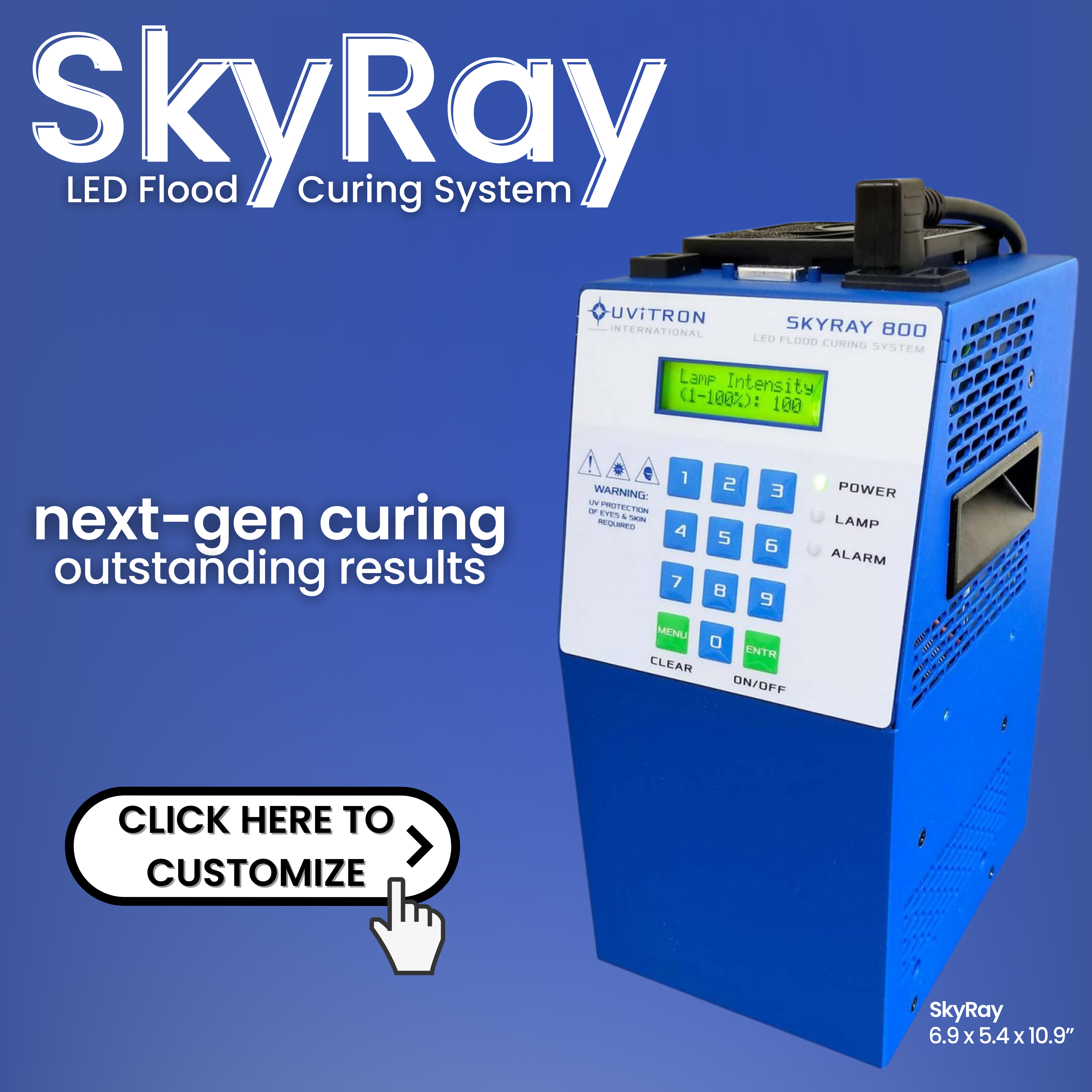In an era where sustainability is no longer a luxury but a necessity, businesses across the globe are reevaluating their processes to lessen their environmental impact. The industrial landscape is now more than ever, shaped by innovative practices designed to balance economic viability and environmental responsibility. One such innovative technology, silently making waves across multiple industries, is UV (Ultraviolet) curing. UV curing, for those not in the know, is a process that involves using UV light to cure or harden photosensitive polymers. It’s a method that has already carved out a space for itself within various sectors, including electronics, automotive, and even healthcare.
More than just a technological marvel, UV curing brings an intriguing mix of superior performance, improved operational efficiency, and crucially, an alignment with the broader push towards sustainable business practices. Unlike traditional curing methods that often require heat and thus, significant energy consumption, UV curing completes the same task with less energy, less waste, and a notably smaller carbon footprint. Moreover, UV curing provides an answer to the growing demand for rapid, on-demand manufacturing processes without compromising on quality or safety. By delivering faster curing times and superior finishes, this technology stands as a testament to the fact that sustainability and performance need not be mutually exclusive in the manufacturing sector.
Demystifying UV Curing
Before delving into the role of UV curing in creating a sustainable industrial future, it is essential to understand the technology itself and why it has become a go-to solution in various sectors. UV curing, at its core, is a photopolymerization process. What does that mean? In simple terms, it’s the science of using light – specifically, ultraviolet light – to harden or cure certain materials. These materials are often polymers, large molecules made up of many repeated subunits, which are photosensitive – they react when exposed to light. Here’s how it works: when the UV light hits the photosensitive material, a reaction starts that causes the material to harden rapidly. This process occurs much faster than traditional heat or air drying methods, which is why UV curing has become popular in industries where speed and efficiency are paramount.
Think about industries that need to move quickly, like electronics manufacturing. In these settings, components are often coated with a thin layer of protective material to prevent damage. UV curing is perfect for this, as it allows these coatings to harden rapidly, getting components ready for the next stage of production or shipping in record time. Moreover, this isn’t limited to electronics. UV curing is used across various sectors, from the automotive industry, where it helps create glossy, durable finishes on vehicles, to the healthcare sector, where it assists in producing high-quality, safe medical devices. It’s even found a place in the world of art and crafts, proving its worth in rapid-drying adhesives and finishes. The appeal of UV curing doesn’t just lie in its speed. Its benefits extend to efficiency and precision, ensuring a consistent, high-quality result each time. Given these advantages, it’s clear that UV curing has a bright future in the manufacturing process, promising both performance and sustainability.
UV Curing Vs. Traditional Curing Methods: A Technical Examination
To fully grasp the potential of UV curing technology, we must cast a discerning eye towards traditional curing methods such as heat or air drying. These methods, while tried-and-true, do not match the energy efficiency and time-saving attributes inherent in UV curing. Consider heat curing, a process that exposes materials to high temperatures to initiate hardening or “curing.” It’s a process often burdened by significant energy consumption due to the requirement for heat, and it necessitates extended curing times which can hamper the pace of the overall manufacturing process. Air drying, an alternate traditional method, necessitates patience. It allows materials to harden at room temperature, which depending on environmental conditions and the composition of the materials used, can demand several hours or even days.
Enter UV curing – a process marked by speed and efficiency. Utilizing UV light to trigger a photochemical reaction within the material, it accomplishes curing in a mere fraction of the time – often within seconds. This expedited process translates directly into faster production cycles, thus boosting productivity without a compromise in quality. The energy efficiency of UV curing is a standout feature. It sidesteps the need for heat, thereby reducing energy demand and resulting in a less carbon-intensive process. In terms of environmental considerations, UV curing holds the edge. Waste reduction is another realm where UV curing outperforms traditional methods. The rapid, uniform curing process significantly reduces waste from uneven or insufficient curing – a problem often encountered with heat or air drying methods. A precise and controlled process, UV curing results in fewer errors and defects, which leads to less material waste.
So, in essence, UV curing offers industries a way to fast-track their processes, conserve energy, and decrease waste. It’s a shift that can lower the overall carbon footprint of a manufacturing unit and maintain, if not amplify, the quality of the final product. This positions UV curing as an attractive alternative for businesses keen on balancing economic viability and environmental responsibility.
Case Studies: Witnessing UV Curing in Action
Understanding the theory behind UV curing’s advantages is one thing, but seeing its impact in real-world settings truly brings its benefits to light. Let’s explore a few case studies across the electronics, automotive, and packaging industries where UV curing has revolutionized manufacturing processes.
First, we turn to the electronics industry, where precision and speed are paramount. For example, a leading smartphone manufacturer started integrating UV curing into its production line for applying protective coatings on internal components. The traditional heat curing method took approximately 30 minutes per batch, but with UV curing, the time was slashed to mere seconds. This increased the production line’s speed significantly, enabling the manufacturer to keep up with the high demand for its products. Importantly, the switch also reduced the company’s energy consumption, leading to lower operational costs and a reduced carbon footprint.
Next, the automotive industry offers a compelling case for UV curing. A major car manufacturer implemented UV curing in its paint shops. Previously, the paint drying process was one of the longest parts of the production cycle, often taking hours. With UV curing, drying times were dramatically cut down, leading to faster production cycles. Additionally, the UV-cured paint proved to be more durable and resistant to scratches and weather, improving the product’s overall quality. The switch also led to lower energy usage and reduced emissions, aligning with the company’s sustainability goals. Lastly, the packaging industry has also embraced UV curing, particularly in label printing. A global packaging company introduced UV curing to its label printing processes, replacing traditional air-drying inks. This change increased the speed of the production line, as UV-cured inks dried almost instantaneously. It also allowed for higher print quality with vibrant colors and clear graphics. This operational efficiency came hand-in-hand with a reduction in energy consumption and waste, making UV curing a game-changer for the company’s sustainability efforts. These real-world applications underscore the transformative potential of UV curing. By providing faster production times, energy savings, waste reduction, and improved product quality, UV curing proves itself to be a powerful tool for industries striving for efficiency and sustainability.
UV Curing: An Ally in the Quest for Sustainability
Sustainability, once a buzzword, has evolved into a decisive factor that shapes business strategies worldwide. Amid escalating concerns over carbon emissions, energy use, and waste management, UV curing emerges as a technological ally, supporting industries in their drive towards greener operations. One of the foremost ways UV curing contributes to sustainability is by reducing energy consumption. As we’ve established, UV curing circumvents the need for heat, making it markedly less energy-intensive than traditional curing methods. This diminished energy demand corresponds to a reduction in carbon emissions, aligning with global initiatives to combat climate change. Beyond carbon reduction, the benefits of UV curing ripple into another critical aspect of sustainability: waste management. In an industrial context, waste is often synonymous with lost resources, be it materials, time, or energy. UV curing, by virtue of its precision and consistency, mitigates this problem. The technology’s capability to offer rapid, uniform curing results in fewer defects, meaning less rework, less material waste, and in turn, a more resource-efficient operation.
UV curing’s potential, however, extends beyond just operational efficiency and carbon reduction. It can be a key contributor to the circular economy, a model that aims to eliminate waste and continually use resources. The precision and control offered by UV curing could play a significant role in facilitating remanufacturing and refurbishment processes, as it allows components to be cured and recured without causing damage or degradation, enabling longer product lifecycles. Furthermore, UV curing could potentially influence the design phase in manufacturing. With the possibility of achieving high-quality finishes and secure bonding in a short time, designers and engineers have more flexibility to create products that are not just aesthetically pleasing and durable but are also easier to disassemble and recycle at the end of their lifecycle.
Challenges and Future Developments
Every technological advancement comes with its own set of hurdles, and UV curing is no exception. Its implementation, while promising significant benefits, does present challenges. One such obstacle is the initial investment. The setup for a UV curing system, including specialized UV lamps or LED arrays, can be costly. Moreover, it might necessitate a redesign of certain manufacturing processes, adding to the initial expense. Another challenge lies in training personnel. UV curing processes require understanding the proper handling of UV curable materials and the operating nuances of UV curing equipment. This means an investment not only in resources but also in training and workforce development.
These challenges, however, are surmountable and often prove worthwhile considering the long-term benefits of increased productivity, energy savings, and waste reduction. It’s about understanding the transition to UV curing as a strategic, future-oriented investment rather than a short-term expenditure. Looking ahead, the UV curing landscape is ripe for innovation. Current research is aimed at enhancing the technology further, making it more efficient, affordable, and accessible. For instance, advances in UV LED technology promise greater energy efficiency, longer lifespan, and even better curing performance. New types of photoinitiators, the substances that start the curing process when exposed to UV light, are being explored to enhance the curing quality and speed. Additionally, there’s growing interest in “dual-cure” systems that combine UV curing with another method like heat or moisture curing. These systems could potentially offer even more control over the curing process and expand the range of materials that can be UV cured.
As industries continue to reckon with sustainability and efficiency mandates, UV curing is bound to evolve and adapt to meet these demands. By addressing the current challenges and continuing to innovate, UV curing has the potential to solidify its position as a key player in the green manufacturing revolution.




